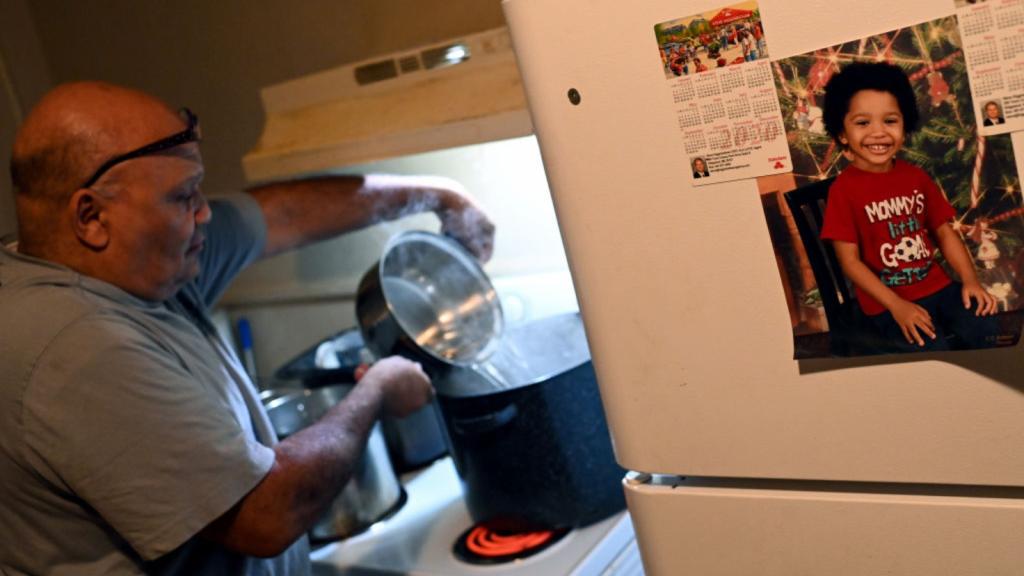Flint is Michigan’s poster child for environmental disaster — a crisis that could have been avoided. As my colleague Raven Rakia has pointed out, lead exposure, which causes an array of health problems and is especially bad for children, is completely preventable. But that doesn’t mean that those responsible for public health do their jobs. In Flint, a city that’s nearly 60 percent black and where more than 42 percent of residents live below the poverty line, officials switched to a cheaper water source. That source was cheaper for a reason: The water was polluted and corrosive. So it leached lead from the old pipes when they piped it in. That burdened local residents with water that’s been making them sick for more than a year.
But high levels of lead aren’t unique to Flint. Mike Wilkinson, a staff writer at Bridge Magazine, got a spreadsheet from the state of Michigan that indicates areas where lead levels exceed those in Flint (he’s using data supplied for 2013; 2012 levels are available here). He put together a map that allows residents and anyone else to search by city or zip. The results are devastating: The map is dotted with dark red splotches which indicate areas where 10 or more of the children that were tested had seriously elevated lead levels in their blood (the lighter red splotches indicate places where fewer than 10 children of those tested had high levels of lead).
Most of the lead poisoning on this map in these areas isn’t from water pipes — it’s from homes with lead paint. But that doesn’t detract from the fact that Michigan looks like an environmental war zone. One in which lead is taking its toll while those responsible for its cleanup are busy pointing fingers.



